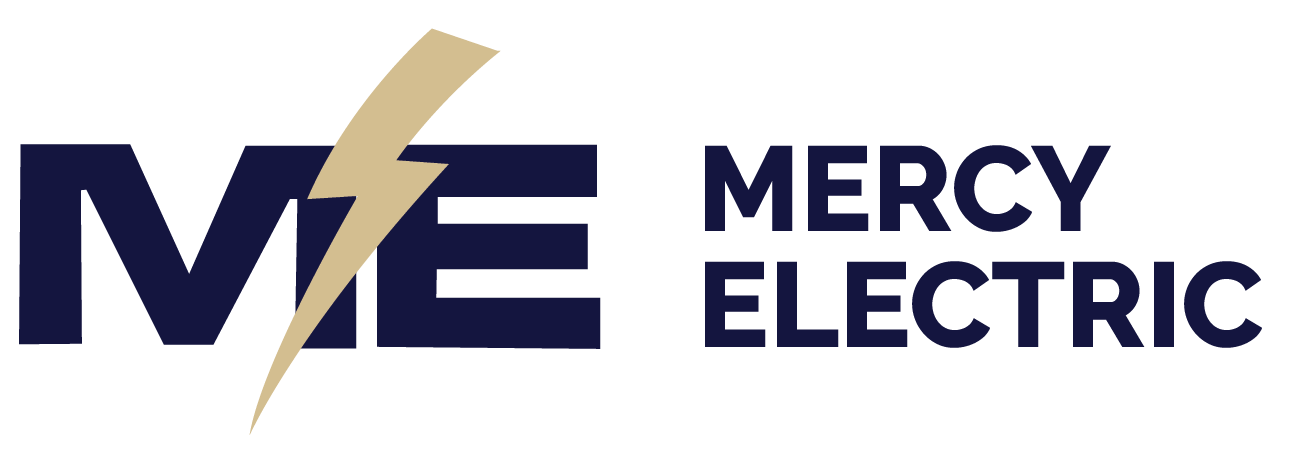Illuminating San Francisco’s Past: A Guide to Electrical Renovations in Historic Buildings
San Francisco, a city steeped in history and architectural marvels, faces unique challenges when it comes to modernizing its historic structures. This article delves into the intricacies of electrical renovations in San Francisco historic buildings, exploring the delicate balance between preserving the past and embracing modern safety standards. Whether you’re an architect, engineer, or history enthusiast, this comprehensive guide will shed light on the complex world of upgrading electrical systems in the City by the Bay’s most treasured structures.
What Makes San Francisco’s Historic Buildings Unique?
San Francisco’s architectural landscape is a testament to its rich history, from the iconic Golden Gate Bridge to the charming Victorian homes dotting its hills. The city’s historic buildings, many dating back to the late 19th and early 20th centuries, present unique challenges when it comes to electrical renovations. These structures were built long before modern electrical codes were established, making upgrades a complex process that requires careful consideration of both historical preservation and current safety standards.
What Are the Key Challenges in Upgrading Electrical Systems in Historic Buildings?
Renovating electrical systems in historic buildings presents several challenges:
Contact Us Today About Your Project
Contact Now1. Limited space for new wiring and equipment
2. Preservation of original architectural features
3. Potential presence of hazardous materials like asbestos or lead paint
4. Structural limitations that may complicate installation
5. The need to meet current code requirements without compromising historical value
Addressing these challenges requires a collaborative effort between architects, engineers, and historic preservation specialists to develop innovative solutions that respect the building’s heritage while ensuring safety and functionality.
How Does the Permit Process Work for Historic Building Renovations in SF?
Obtaining permits for electrical renovations in historic buildings in San Francisco involves a multi-step process:
1. Submit plans to the San Francisco Department of Building Inspection
2. Review by the Historic Preservation Commission, if applicable
3. Evaluation of proposed changes for compliance with building codes and preservation guidelines
4. Approval and issuance of permits
5. Inspections throughout the renovation process
The permit process ensures that all renovations comply with both safety regulations and historic preservation standards.
What Role Does the Division of the State Architect (DSA) Play?
The Division of the State Architect (DSA) plays a crucial role in overseeing building safety and access compliance for certain types of structures in California, including some historic buildings. While not directly involved in all San Francisco projects, the DSA’s guidelines and regulations often influence local building codes and renovation practices, particularly in areas such as seismic safety and accessibility upgrades.
Text Us Now For A Quote
Get Your QuoteHow Can Modern Electrical Systems Be Integrated Without Compromising Historical Integrity?
Integrating modern electrical systems into historic buildings requires creative solutions:
1. Use of existing chases and cavities for new wiring
2. Installation of surface-mounted conduits that blend with architectural features
3. Carefully planned placement of outlets and switches to minimize visual impact
4. Utilization of period-appropriate fixtures and covers
5. Implementation of wireless technologies where appropriate
These approaches help maintain the building’s historic character while providing the necessary electrical upgrades.
What Are the Latest Trends in Sustainable Electrical Renovations for Historic Buildings?
Sustainable electrical renovations are becoming increasingly important in historic building projects. Some current trends include:
1. Installation of energy-efficient LED lighting systems
2. Integration of smart home technologies for improved energy management
3. Use of solar panels in non-visible areas of the building
4. Implementation of energy storage solutions
5. Upgrading to high-efficiency electrical appliances and systems
These sustainable practices help reduce energy consumption and operating costs while preserving the building’s historical significance.
How Do Seismic Considerations Impact Electrical Renovations in San Francisco?
San Francisco’s location in a seismically active region adds another layer of complexity to electrical renovations in historic buildings. Seismic upgrades often go hand-in-hand with electrical work, requiring:
1. Reinforcement of electrical panel mountings
2. Flexible connections for equipment and conduits
3. Seismic bracing for suspended lighting fixtures
4. Integration of emergency power systems
5. Coordination with structural upgrades to ensure electrical systems can withstand seismic events
These measures help ensure that electrical systems remain safe and functional during and after earthquakes.
What Resources Are Available for Owners and Contractors Working on Historic Building Electrical Renovations?
Several resources are available to assist with historic building electrical renovations in San Francisco:
Contact Us Today About Your Project
Contact Now1. San Francisco Department of Building Inspection guidelines
2. California Historical Building Code
3. National Park Service Preservation Briefs
4. San Francisco Planning Department’s Historic Preservation team
5. Local preservation organizations and historical societies
These resources provide valuable information on best practices, regulations, and preservation techniques specific to San Francisco’s historic structures.
Key Takeaways for Successful Historic Building Electrical Renovations in San Francisco
To summarize, here are the most important points to remember when undertaking electrical renovations in San Francisco’s historic buildings:
– Familiarize yourself with San Francisco’s building codes and their specific provisions for historic structures
– Engage with experienced professionals who understand both electrical systems and historic preservation
– Obtain all necessary permits and approvals before beginning work
– Balance modern safety requirements with preservation of historical integrity
– Consider sustainable and energy-efficient solutions that complement the building’s character
– Address seismic safety concerns in conjunction with electrical upgrades
– Utilize available resources and consult with local preservation experts throughout the process
– Document all changes and maintain records for future reference and maintenance
– Respect the building’s history while ensuring its viability for future generations
By following these guidelines and working closely with local authorities and preservation experts, you can successfully navigate the complex process of electrical renovations in San Francisco’s historic buildings. These efforts not only ensure the safety and functionality of these cherished structures but also contribute to the preservation of San Francisco’s unique architectural heritage for years to come.
FAQs
Q: What is the importance of adhering to the building code during electrical renovations of historic buildings in San Francisco?
A: Adhering to the building code is crucial during electrical renovations of historic buildings in San Francisco to ensure safety, compliance with current California building standards, and to preserve the architectural integrity of the historic resource.
Q: Are there any specific requirements for the electrical systems in historic buildings located in the Marina district?
A: Yes, historic buildings in the Marina district must comply with both the California Code of Regulations and the local building code, which may include additional requirements related to fire protection and mechanical systems to ensure safety and preservation.
Q: What is the process for obtaining a tag for electrical renovations in a historic building?
A: To obtain a tag for electrical renovations in a historic building, one must submit a proposal to the appropriate agency, ensuring that it meets all safety and building code requirements. The proposal is then reviewed for compliance before the tag is issued.
Q: What are the height restrictions for electrical additions to historic buildings in San Francisco?
A: Height restrictions for electrical additions to historic buildings are defined by the local building code and may vary depending on the specific historic designation of the building. It is essential to consult the current regulations to ensure compliance.
Q: Can I make interior and exterior electrical repairs in a historic building without a permit?
A: Generally, any significant interior and exterior electrical repairs in a historic building require a permit. This is to ensure that all work adheres to the local building code and safety standards, which are enforced by the city’s building department.
Text Us Now For A Quote
Get Your QuoteQ: What role does the Department of State Architecture (DSA) play in the renovation of historic buildings?
A: The Department of State Architecture (DSA) plays a key role in overseeing the compliance of historic building renovations with California regulations. They provide guidelines and enforcement to ensure that renovations meet safety and architectural standards.
Q: How can I find information about the historical significance of a building before starting renovations?
A: Information about the historical significance of a building can be obtained from the local historical society, the city’s planning office, or by reviewing the city’s online database of historic resources. This information is crucial for ensuring that any renovations comply with both building codes and preservation standards.
Q: What should I consider when planning electrical renovations for a historic building in Crissy Field?
A: When planning electrical renovations for a historic building in Crissy Field, consider the local building code requirements, potential historical restrictions, the need for fire protection systems, and the impact of renovations on the building’s historical character.

